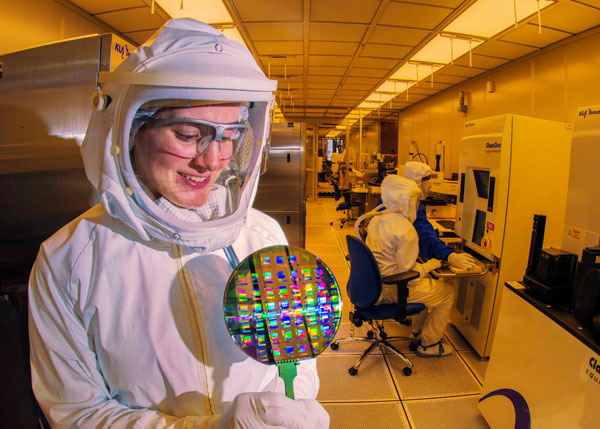
MESA 8-inch silicon wafer conversion
Sandia’s Microsystems Engineering, Science and Applications facility has completed phase one of an anticipated three-year upgrade. The facility is now fully compatible with industry-standard, 8-inch silicon wafers. The conversion from 6-inch wafers will help sustain production of microsystems for national security applications through 2040, with a more sustainable supply of starting materials, tools and service. The tooling upgrade is the first of four steps toward the facility’s conversion. The remaining three steps requalify the production line. Prototyping and product development activities have already resumed. (5000)
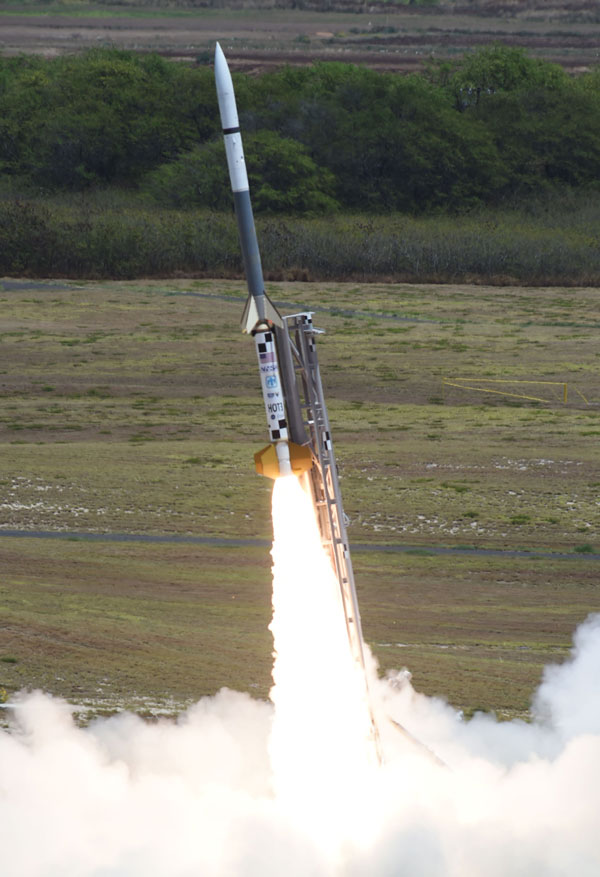
High Operational Tempo Sounding Rocket Program
Sandia successfully completed two flight campaigns, launching two rockets each in April and August 2019 from its Kauai Test Facility in Hawaii. The tests were a continuation from the successful launch in FY18. The payloads carried experiments designed to deepen scientific understanding and support the stewardship of the U.S. nuclear weapons stockpile. Sandia and Oak Ridge national laboratories partnered to develop the first known additively manufactured rocket nose shroud. The High Operational Tempo sounding rocket program seeks to provide an agile testing platform to validate modeling and simulation assumptions and perform other non-nuclear research. (2000, 5000, 8000, 1000, 10000)
Conventional Prompt Strike product transition
In partnership with DoD, U.S. Navy Strategic Systems Programs and the U.S. Army Rapid Capabilities and Critical Technologies Office, Sandia is transitioning government-developed hypersonic technology and capabilities to industry partners, including Lockheed Martin, Raytheon, Dynetics and General Atomics, to enable an initial operational capability that enhances U.S. national security. Sandia has initiated product transition activities, including sharing knowledge via data packages and hosting technical workshops and hands-on trainings with Sandia subject matter experts. Industry partners relocated to Albuquerque to begin working jointly with Sandia to build hardware onsite. (5000, 1000, 10000, 11000)
Mobile Guardian Transport environmental testing
In partnership with the MGT program, the engineering sciences validation and qualification team designed, executed and analyzed multiple mechanical and thermal environmental tests that had significant impact to national security. These test series included small to large fire tests, full-scale indoor actuator facility cargo tests and the first full-scale sled track calibration test. Additional collaboration critical to the success of the tests included thermal sciences and engineering; environment, safety and health; advanced science and technology business operations; asset security and WMD business operation; emergency management and nuclear deterrence system organizations. (1, 1000, 2000, 4000, 10000)
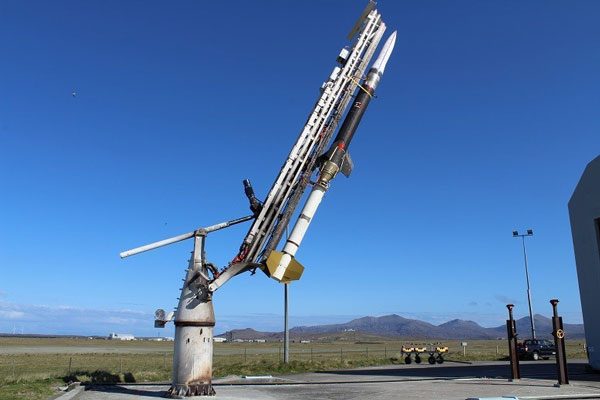
Formidable Shield 2019 defense exercise support
Sandia participated in Formidable Shield 2019, a multi-national, live-fire, integrated air- and missile-defense exercise conducted at the U.K. Ministry of Defence Hebrides Range in Scotland. The exercise included more than a dozen successful live-fire and simulated engagements against subsonic, supersonic and ballistic targets. Sandia provided the navigation systems, flight software and flight termination systems for two successful launches of first-of-kind, thrust-vector-controlled, guided ballistic target missiles. Sandia personnel supported these missiles from design, development, integration and fielding through launch. (5000, 10000)
High Accuracy Separation Package
The HASP Product Realization Team successfully delivered a prototype unit in support of the U.S. Air Force NNSA Demonstrator Initiative led by Sandia/CA systems. The Sensor, HASP and Controller prototype unit was delivered three months early, enabling validation of a new telemetry design and supporting the start of system integration testing. The SHaC delivery included all mechanical and electrical infrastructure required to prove the readiness of controller electronics, power systems and a telemetry interface. (5000)
West Coast Winter Cohort
The June 2019 West Coast Winter Cohort Cyber Engineering Development Workshop was funded by the Department of Homeland Security and led by Sandia. WCWC attendees performed hands-on engineering development in the cyber-threat landscape, including developing a collection of analytics. Tools developed in the workshop support the DHS National Cybersecurity Communications Integration Center by detecting and mitigating malicious PDF files. Attendees included representatives from DHS, other federal agencies and Sandia. (8000)
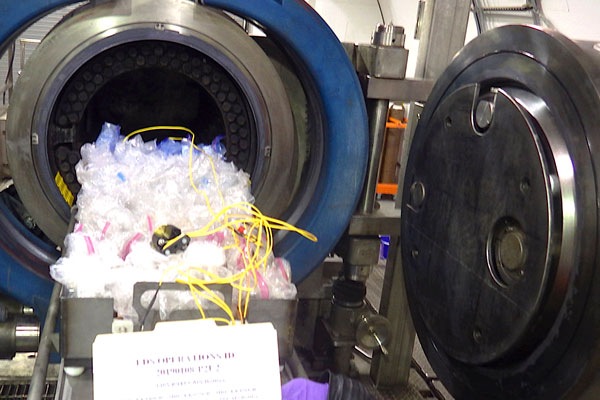
Dangerous chemical agent vials destroyed
A quick-response request from the U.S. Army to Sandia’s explosive destruction system team to develop a method and equipment culminated in the destruction of 7,200 Chemical Agent Identification Set vials containing mustard agent long-buried and recently discovered at Pine Bluff Arsenal, Arkansas. Sandia’s solution enabled the Army to safely dispose of dangerous chemicals that they otherwise had no good, alternative means of destroying. (8000)
Artificial Diversity & Defense Security
ADDSec, a 2019 R&D 100 World Magazine Award winner, is technology that automatically detects and responds to cyber threats within critical infrastructure environments in real time. The detection approach uses a set of machine learning algorithms that recognizes anomalous behavior and then classifies those anomalies into categories of attacks. It provides a defensive response that uses software-defined networking to randomize Internet Protocol addresses and application port numbers, invalidating the attacker’s knowledge of the network and preventing successful deployment of attacks. (5000)
Radio frequency and acoustic wakeup systems
Sandia and partners demonstrated both RF and acoustic wakeup systems that detect vibration, sound or electromagnetic signals for situational awareness and require little power to operate. Both the Microelectromechanical Systems accelerometers and transformers, as well as the complementary metal-oxide semiconductor application-specific integrated circuits were fabricated leveraging Sandia’s Microsystems Engineering, Science and Applications Silicon Fabrication facilities. Relevant stimuli are acoustic signatures of particular vehicle types or radio signatures of specific communications protocols important to national security. (5000)
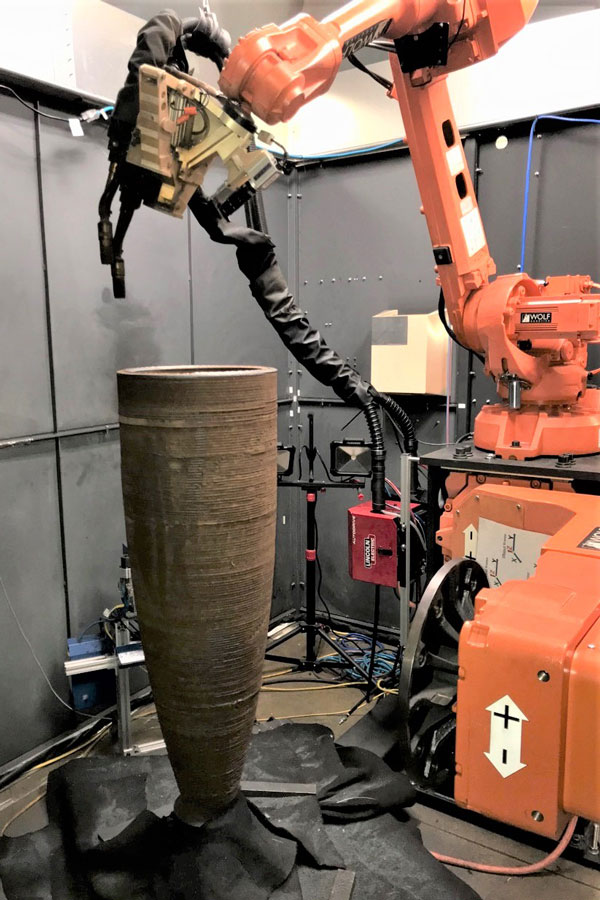
Additively manufactured rocket nose shroud
In support of Sandia’s Strategic Initiative to advance additive manufacturing technology, Sandia and Oak Ridge national laboratories partnered to develop an additively manufactured rocket nose shroud for one of Sandia’s High Operational Tempo Sounding Rocket missions. This shroud was built layer-by-layer using a robotic, metal, inert-gas welding process that was developed at ORNL. The finished part was successfully launched in August 2019, reaching a speed of Mach 7.5 and an altitude of about 184 miles, demonstrating the use of additive manufacturing in critical applications. (2000, 5000, 8000, 1000, 10000)
Hardware assessments support weapons acquisitions
DoD is relying on a Sandia hardware assessment team to address critical issues affecting major weapons acquisition programs. DoD has engaged Sandia embedded software, device fabrication and system analysis expertise to evaluate the extent of two identified issues and provide prompt, data-driven analysis for the types of problems being addressed. The team’s contributions will affect major acquisition programs over the next several years and are a recognition of Sandia as a center of excellence for hardware assessment in support of critical U.S. government missions. (5000)
Life-saving personnel recovery beacons delivered
The advanced radio frequency systems group successfully delivered updated ECHO personnel recovery beacons, achieving a key deliverable. ECHO, a specialized personnel tracking and distress alert system, has been directly responsible for saving the lives of personnel. These high-performance RF tagging, tracking and locating systems stem from Sandia’s long history in exquisite RF design for the radars required for NNSA missions. (5000)